A Brief History Of The Power Stroke Diesel Engine
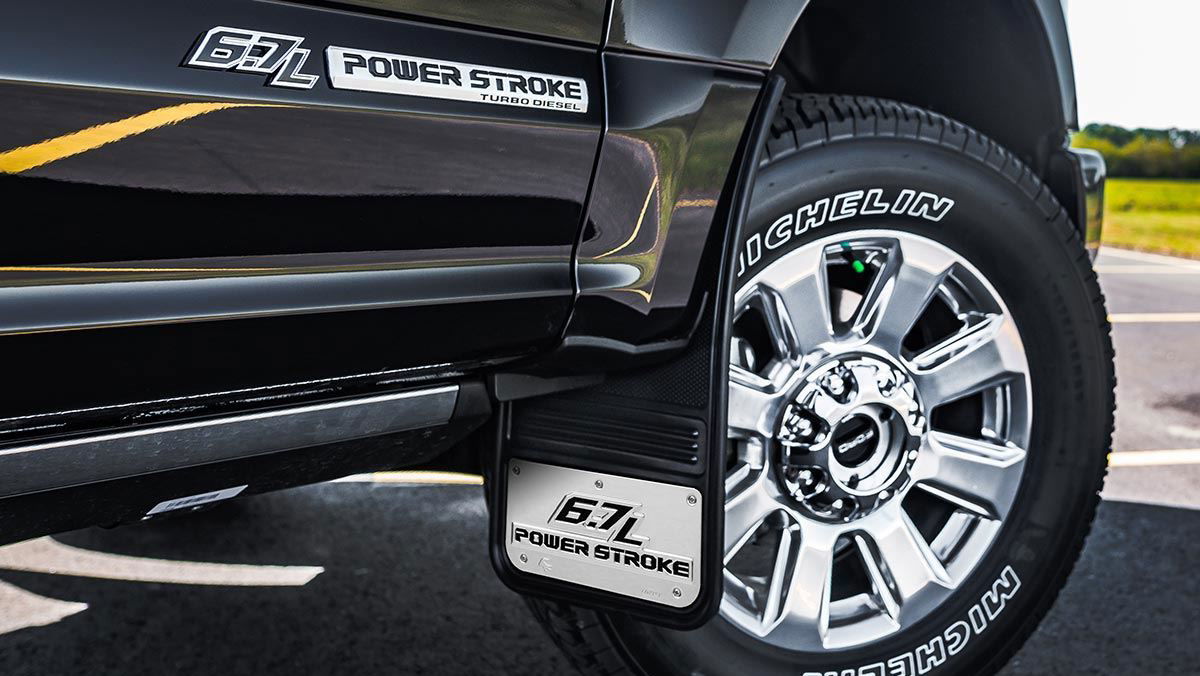
If you were to ask a truck enthusiast what they thought the greatest diesel engine ever put in a pickup was, the odds of them mentioning the “7.3-litre Power Stroke” are pretty good. Ford fans might even tell you that it was the greatest motor to ever be put inside a Ford. Of course, both people will say this with a dash of nostalgia in their voices, as the mighty 7.3 has been out of production for 15 years now. Yet it’s impossible to forget its impact on the heavy duty truck scene in America.
Before the Power Stroke: The IDI Diesel
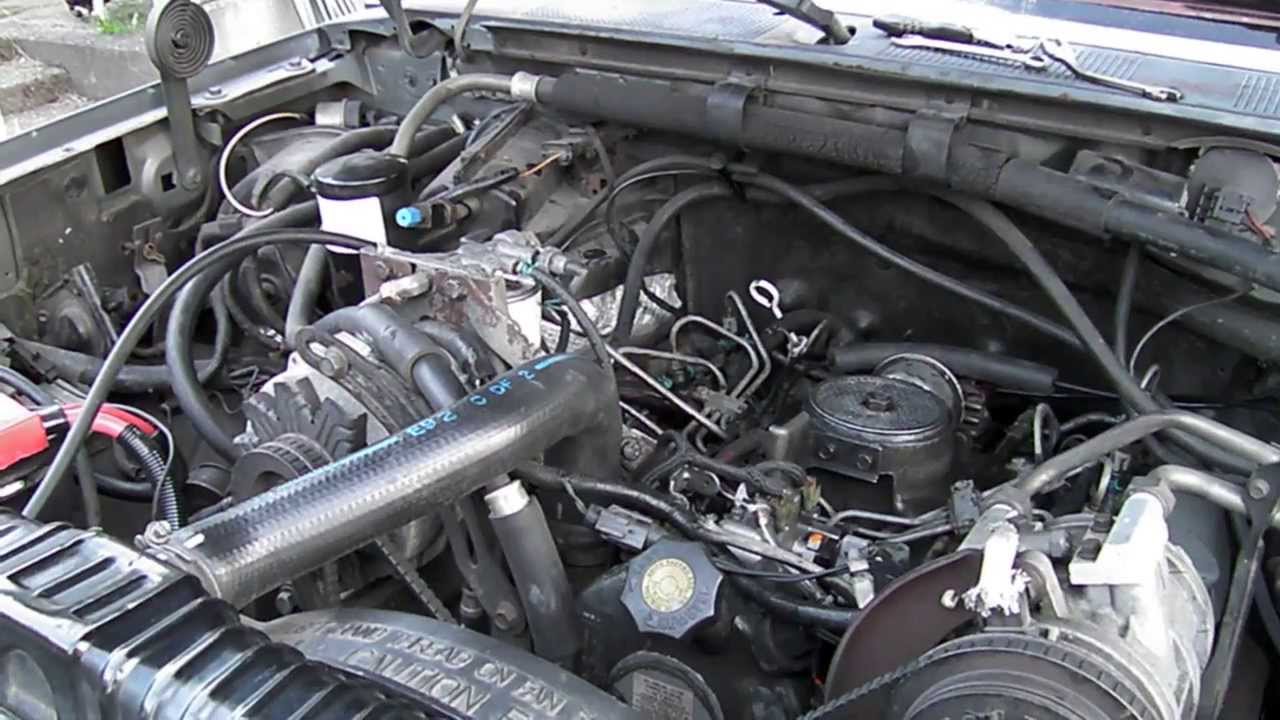
The Power Stroke story actually starts long before the first Power Stroke engine ever saw production. In 1982, General Motors began offering the economical 6.2-litre Detroit diesel in their C/K pickup trucks. Almost immediately, Ford realised the potential for diesel trucks in the marketplace. However, instead of focusing on efficiency, Ford decided to utilize the diesel engine’s other strengths (high torque levels, maximum power at low revs) to the F-Series’ advantage.
As a result, just one year after the Detroit diesel went into service, Ford began selling heavy-duty pickups with the 6.9-litre IDI diesel engine. Produced by International Harvester, the IDI got its name for its indirect fuel injection system. Despite the fact that it was naturally aspirated, the 6.9-litre IDI cranked out a respectable (at the time) 170hp and between 315-340lb ft of torque.
By 1988, the IDI’s displacement was boosted to 7.3 litres. Power and torque were also boosted, although it was still a naturally-aspirated engine. In spite of this, the IDI remained extremely popular with heavy-duty truck buyers. Finally, in 1993, the IDI got a turbocharger, which gave it 190 crank horsepower and 388 pound feet of torque.
The birth of the Power Stroke: the legendary '7.3' years
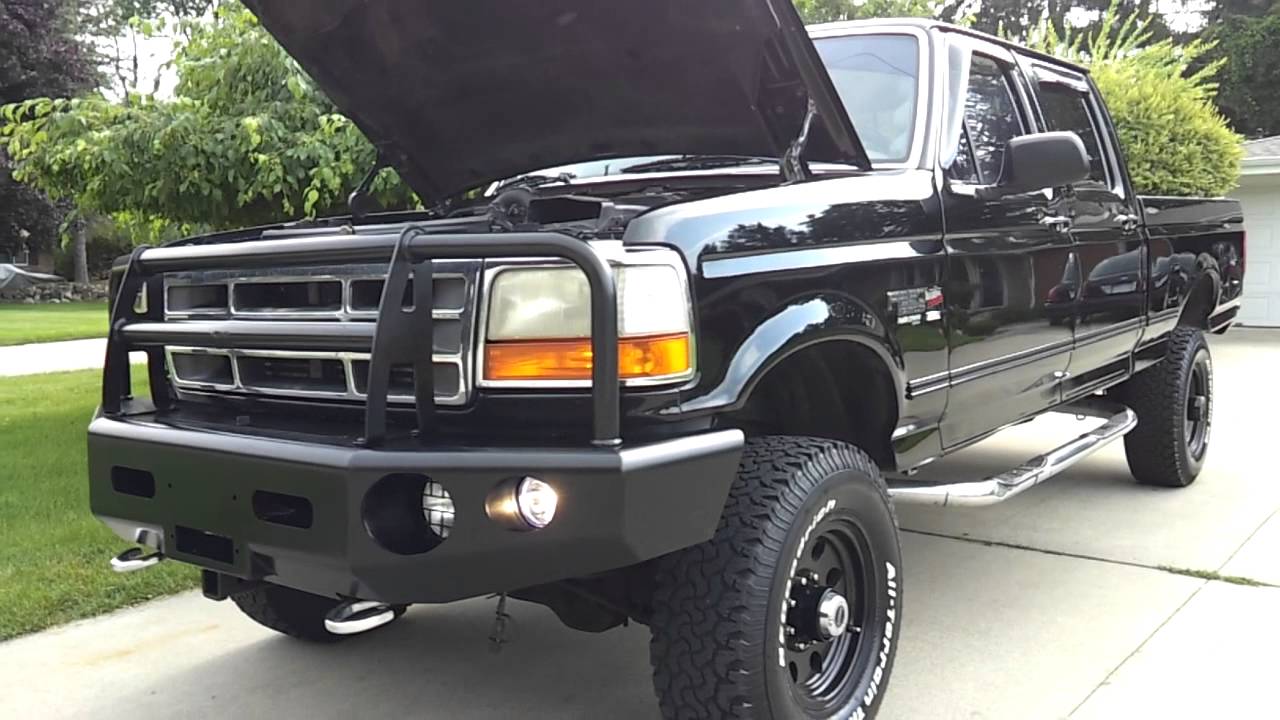
Although the IDI was at its peak, the heavy-duty F-Series was facing stiff competition from the Dodge Ram and its Cummins Turbo Diesel. As a result, in 1994, International Harvester (by now renamed Navistar International) began producing what it called the T444E engine. You might know it a little bit better by the name that Ford gave it: the 7.3-litre Power Stroke.
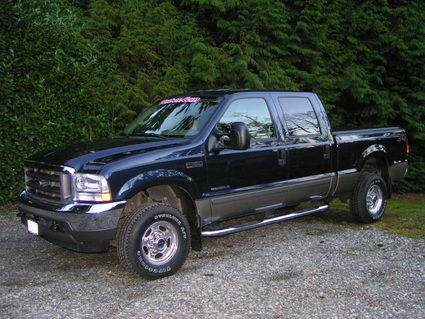
The 7.3-litre Power Stroke differed from the 7.3-litre IDI in one crucial area: instead of a mechanical fuel system with indirect injection, the Power Stroke used an electronically-controlled fuel system with direct injection. This had a huge impact on the engine’s power, but not at the cost of the IDI’s hallowed durability.
Depending on the year and drivetrain specification of the Ford Super Duty, the 7.3-litre Power Stroke produced between 215-275hp and 425-525lb ft of torque. It was, and still is, considered to be one of the greatest diesel engines ever made.
Tough times: after the 7.3
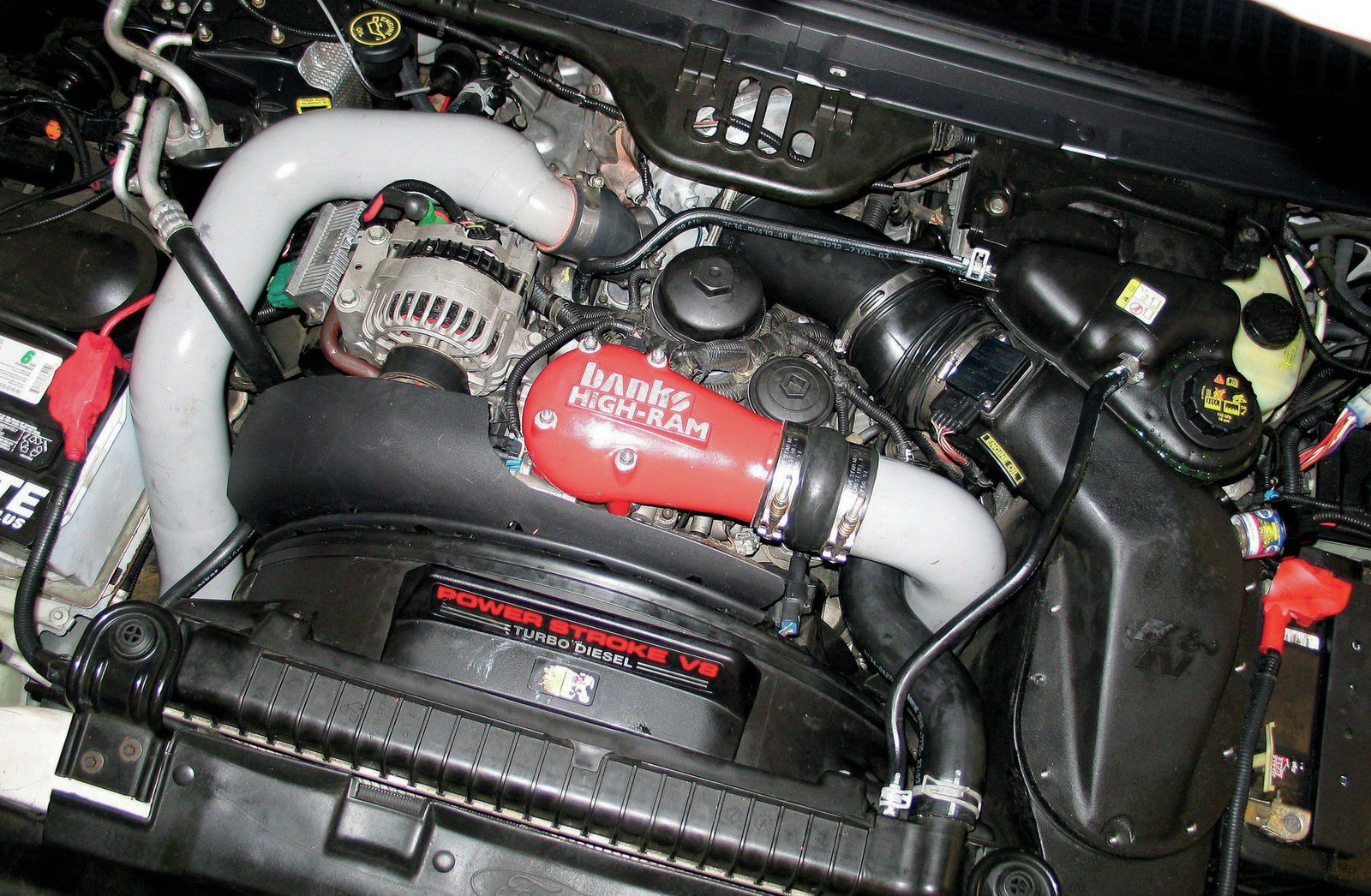
In 2004, Ford and Navistar would make what some would consider to be the worst decision in the history of the F-Series. They ditched the venerable 7.3 in favour of a new 6.0-litre Power Stroke diesel. At the time, this seemed like a pretty good idea: the 6.0 was more powerful (325hp/570lb ft of torque) and more modern than the 7.3. With tougher emissions laws on the horizon, it seemed that the shift towards the 6.0 was inevitable if Ford wanted to stay competitive with the GM Duramax diesel and the Cummins Turbo Diesel in the Dodge Ram.
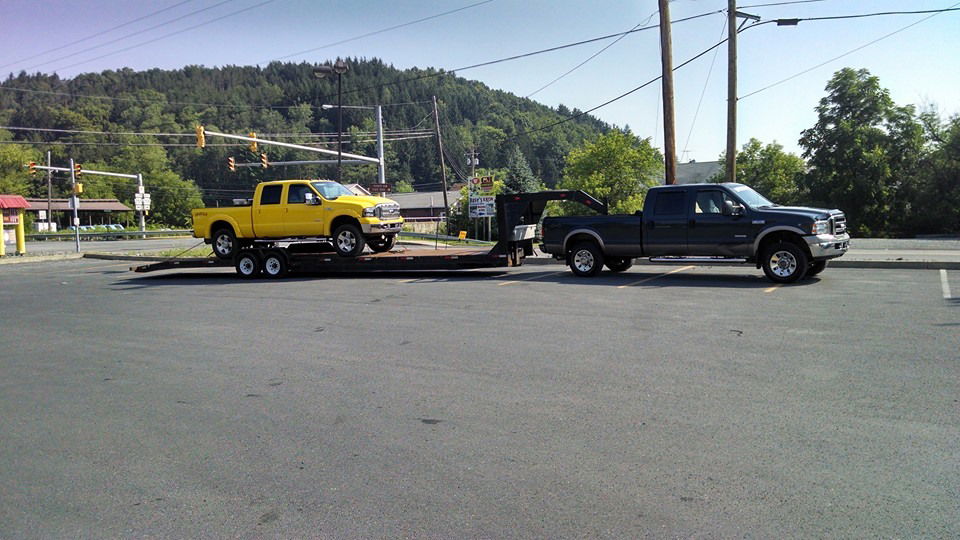
In practice, however, the 6.0 was a disaster. It gained a well-earned reputation among the truck community for being a piece of garbage. Here are just some of the more common problems with the 6.0: oil cooler failure, EGR cooler failure, high-pressure oil pump failure, numerous electrical issues, head bolt failure, and head gasket failure. Quite literally, the 6.0 was a giant failure of an engine, giving Ford diesels the hard-won nickname of ‘Power Joke’.
Truth be told, it probably wasn’t as much of a lemon as I’m making it out to be. There are still plenty of 6.0-litre Power Strokes in service across North America. There are also a wealth of aftermarket parts designed to correct most of the 6.0’s more common issues. However, reputation is everything in the dog-eat-dog pickup truck market, and the perceived lack of dependability proved to be costly for Ford.
Navistar's Last Stand: The 6.4

After just four years, Ford replaced the 6.0 with a 6.4-litre Power Stroke engine, still built by Navistar. It made 350hp and 650lb ft of torque, and was believed to be free of the problems that plagued the 6.0. However, it never really shook off all the demons from its predecessor. The reliability was improved over the 6.0, but it still wasn’t particularly great. In addition, the 6.4 had some pretty poor fuel consumption, especially for a diesel. It wasn’t an awful engine per se, but the 6.4 never really gave Ford the chance to reclaim its reputation in the marketplace.
The end of the Navistar era: Ford Builds Its Own Power Stroke
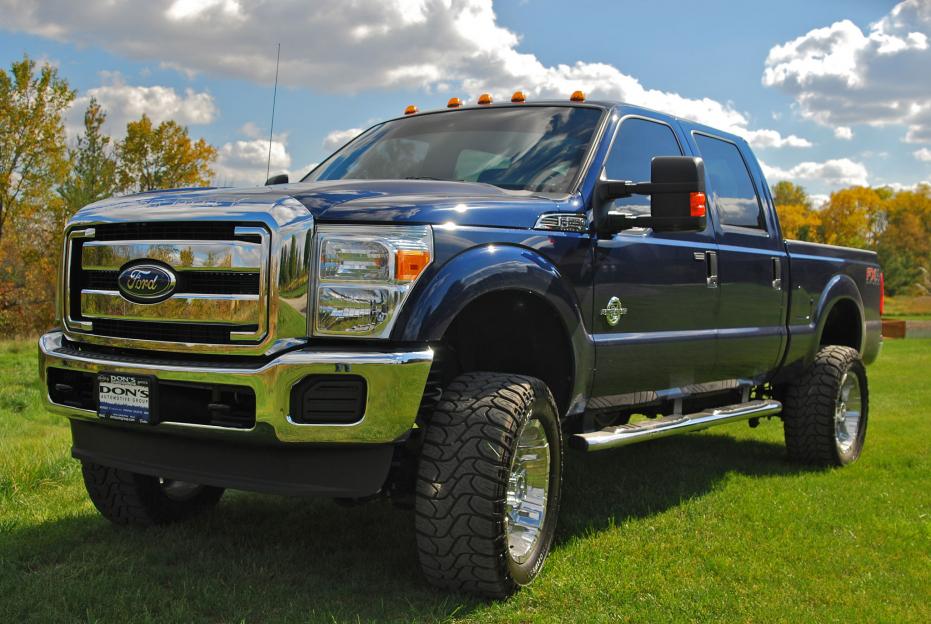
The 6.0 and 6.4 Power Strokes were so disastrous for Ford that they ended its partnership with Navistar in 2010, and began producing its own diesel engines. Not only was this a huge risk for Ford, it was an expensive one: Ford had to assume production of one of its best-selling engines. However, many truck enthusiasts will tell you that it was well worth the risk for Ford.
In 2011, the Ford Super Duty began using the 6.7-litre Power Stroke diesel, built in-house by Ford. Initially, it produced 390hp and 735lb ft. of torque. However, just one year later, Ford gave it a new turbo, which gave the 6.7 an astonishing 400hp and a teeth-numbing 800lb ft of torque. In 2015, even more changes bumped the 6.7 Power Stroke’s output to 440hp (almost as much as their Mustang GT) and 860lb ft of torque. For the redesigned, aluminum-bodied 2017 Super Duty, the Power Stroke’s power output remained unchanged. However, the peak torque increased to - get ready for this- - 925lb ft.
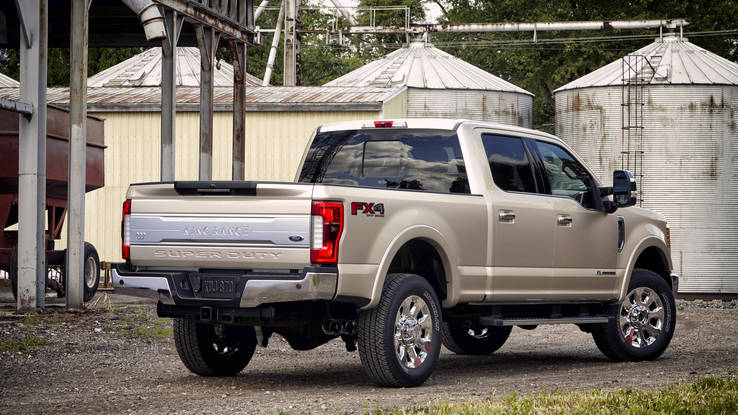
Of course, if there’s anything to learn from the history of the Power Stroke, it’s that the numbers only tell part of the story. Would it escape the reliability woes that plagued the two previous generations of Power Stroke? At first, predictions were guarded as early engines suffered from premature turbocharger failures. However, that problem was quickly solved, and the 6.7-litre Power Stroke has so far proven to be a solid, dependable motor. Add the fact that the 6.7 has more power than the Rothschild family, and it’s safe to say that the ‘Power Joke’ nickname is valid no more.
The Power Stroke's future
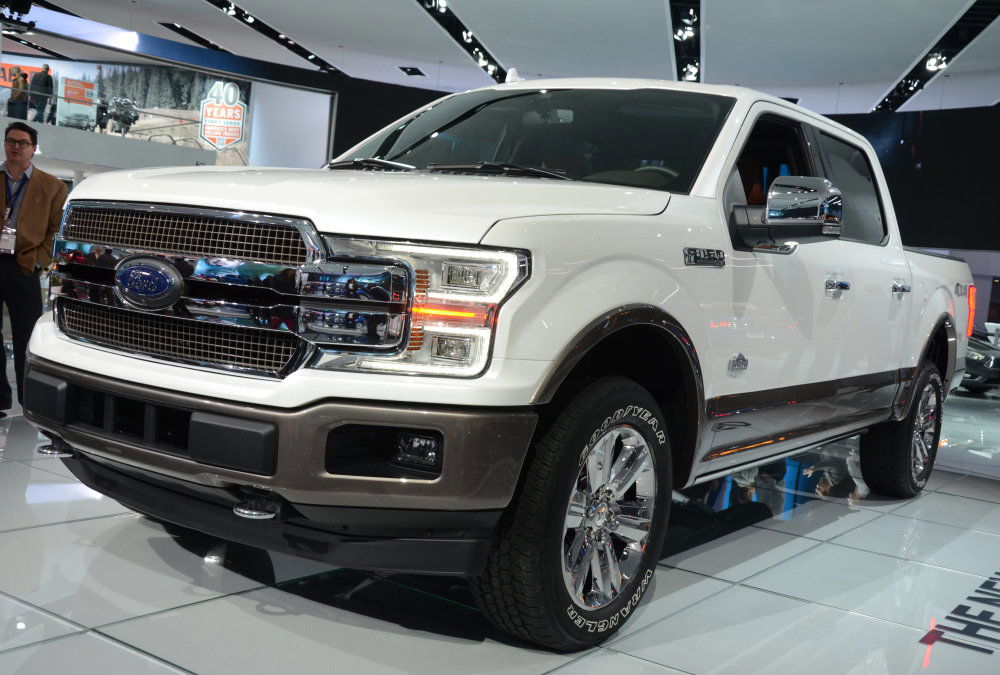
Given the global attitudes toward diesel emissions and fuel consumption, it’s tough to see the Power Stroke diesel getting any bigger or more powerful anytime soon. Have we hit peak diesel? Maybe, but I’m also pretty sure that the big diesels out there don’t really need any more power and torque. Of course, I’ll probably be proven wrong on that.
However, that doesn’t mean that there’s no room for some Power Stroke progress. We learned this year that the new Ford F-150 will eventually receive a 3.0-litre V6 Power Stroke diesel engine, which would set out to do battle with the Ram’s V6 Ecodiesel. As such, we can expect it to make around 250hp and around 450lb ft of torque, in a package that will get at least 30 US MPG on the highway.
But will this V6 ever achieve the same commercial success as its V8 forefathers? Only time will tell…

Comments
Abi7.3Power_Stroke
As of now, the Powerstroke is only a name fake country boys and girls associate with trucks. If it’s a Ford Diesel they’ll assume it’s a Powerchoke, even if it is a brick nose. Me personally, a Cummins is the way to go, as it can do as much if not more on 2 less cylinders and even run with 1 wire.
Americans..
“Power stroke” (insert Lenny face)
So my dad had a F-350 with the 6.7 that he boosted to the moon and was able to do 11 second 1/4 miles but it was unbelievably unreliable. Especially when compared to his current 3500 with the Cummins able to do the 1/4 in a similar time.
My 7.3 has just about 200,000 and runs like new
Still, the 16 valve Cummins is the most legendary engine ever used in a truck.
Pagination